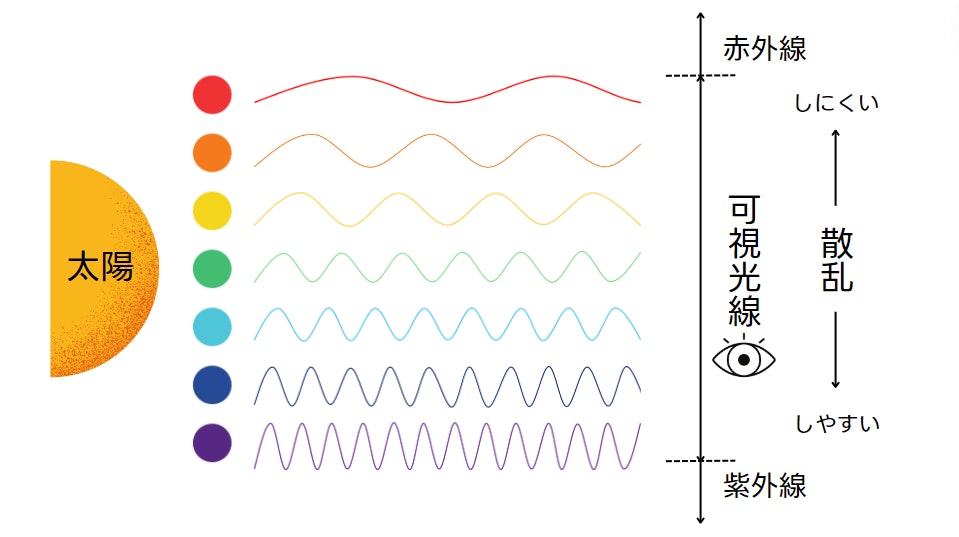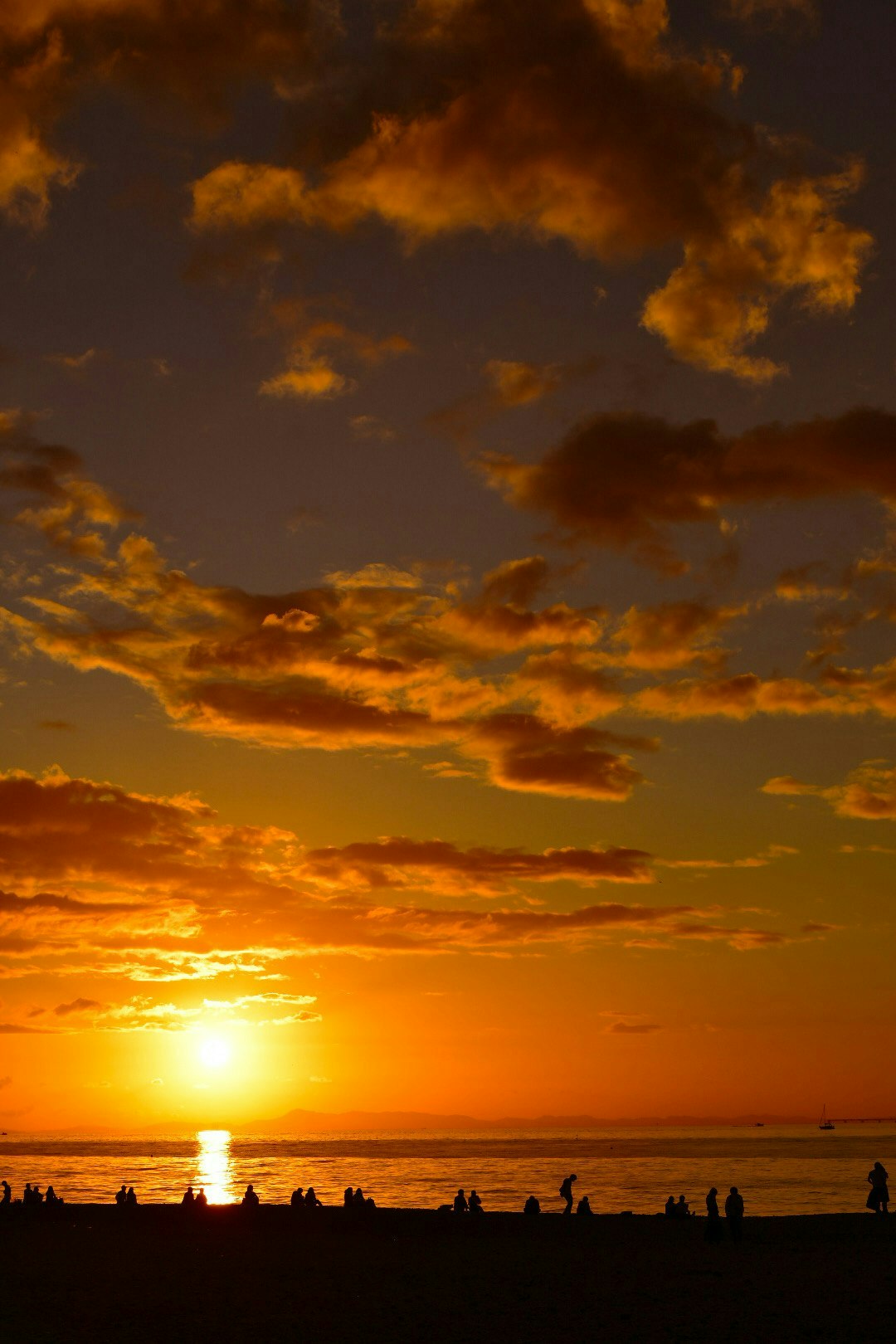
Cover image by nowphotoworks
Among the photos posted daily on cizucu, many capture the sky. The sky is an essential element in expressing the essence of summer.
This time, we will explain in simple terms why the sky appears blue and why sunsets appear red. Understanding these phenomena will help you capture even more beautiful sky colors in your photography.
Why the Sky Appears Blue

Image by つくしとメイ
The reason the sky appears blue involves a phenomenon called "Rayleigh scattering" that occurs when sunlight passes through the atmosphere. Sunlight appears white but is actually a collection of different colored lights. The color varies with wavelength; longer wavelengths appear reddish, while shorter wavelengths appear bluish.

When tiny molecules or dust in the atmosphere hit sunlight, scattering occurs. Shorter wavelengths scatter more frequently than longer ones, spreading throughout the sky. This scattered light reaches our eyes, making the sky appear blue. (Violet light is less visible to the human eye, so it appears blue instead.)
On the other hand, red and yellow light scatter less and often reach our eyes directly, making the sun appear whitish.
Why Sunsets Appear Red

Image by kotalun
The redness of sunrises and sunsets is also related to Rayleigh scattering. During morning and evening, sunlight passes near the horizon, traveling a longer path through the atmosphere.

The longer the distance light travels in the atmosphere, the more it scatters, causing blue light to scatter out completely. The remaining red and orange light reaches our eyes, making sunrises and sunsets appear red.
Tips for Capturing the Sky
Understanding these properties of light allows you to take more impressive sky photos during photography.
Settings to Enhance Sky Colors

Image by *しー*
When photographing the sky, the brightness of the sky can cause the overall image to become dark. In this case, set the exposure compensation to positive to adjust the brightness and capture the sky's colors and cloud details clearly.
Additionally, changing the white balance settings can help emphasize sky colors. For instance, setting it to "Cloudy" or "Shade" can make the blue more vibrant.
Utilize Silhouettes and Foregrounds

Image by eriko
While capturing just the sky is fine, adding something to the horizon or foreground can add depth to your photos. For example, including silhouettes of trees or buildings at the bottom of the frame can emphasize the sky's expanse, resulting in more dynamic photos.
Shoot During the Golden Hour

Image by ezo.geograph
The "golden hour," just before sunrise or just after sunset, is the best time to capture the most beautiful sky colors. During this time, the sun is low, and the light is soft with warm tones. The sky's gradient and cloud shadows stand out, allowing for dramatic photos.



